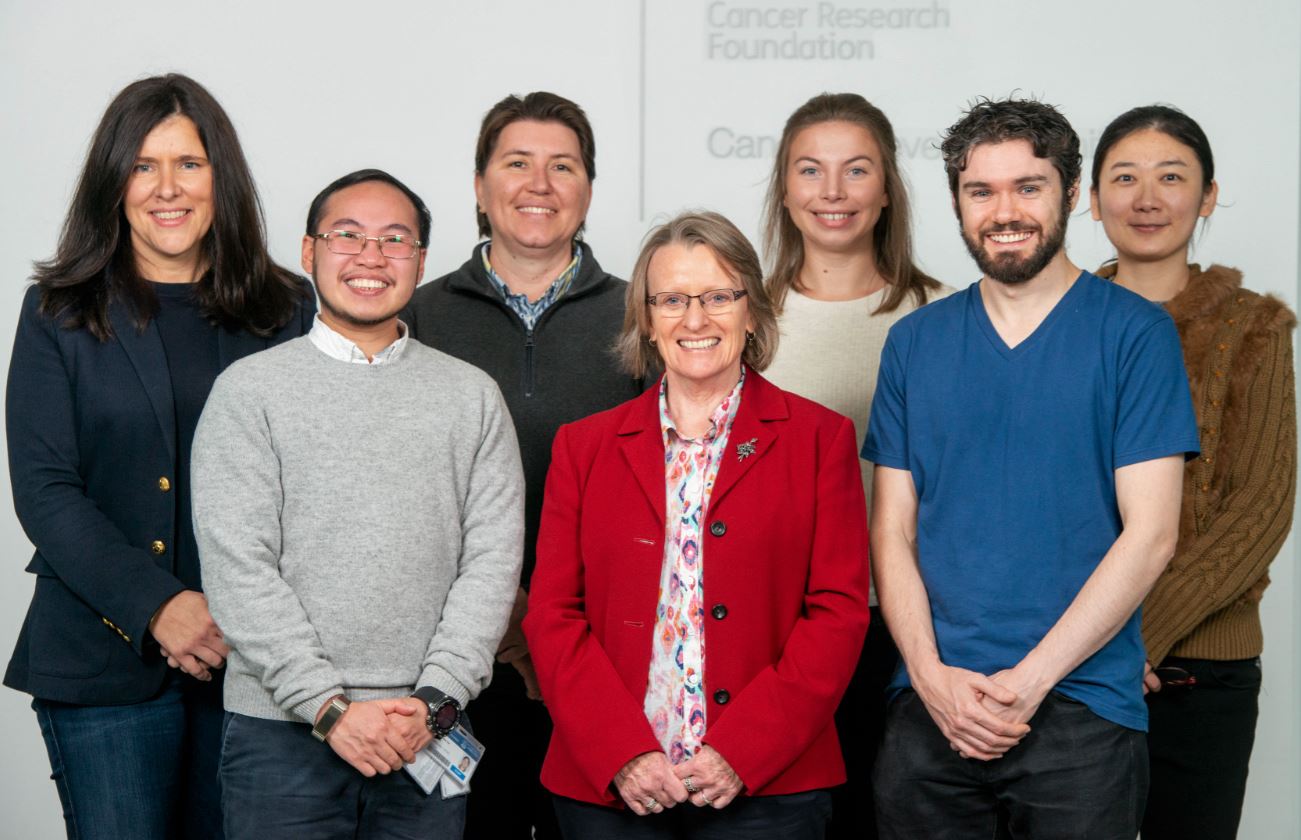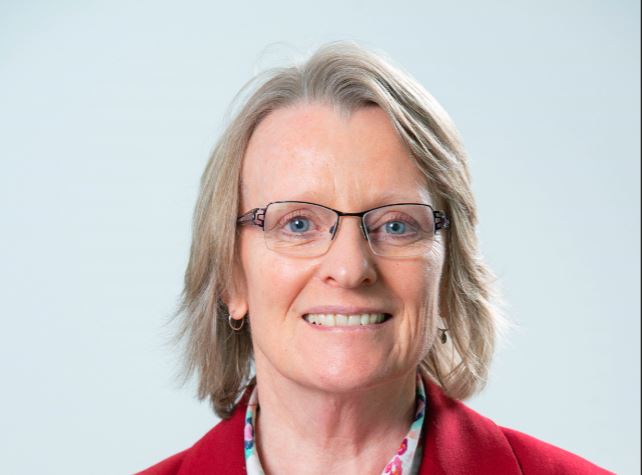
Professor Claire Roberts, one of the newest Matthew Flinders Fellows to join our University, has brought the ‘Pregnancy Health and Beyond’ research team to Flinders.
Professor Roberts’ team is at the forefront of potentially groundbreaking research into major pregnancy and infant development complications, including a focus on the fetal sex differences in pregnancy outcomes and in the transcriptome (genome wide gene expression by RNA sequencing) of the placenta.
Professor Roberts is a placental biologist and pregnancy researcher of long standing and is Fellow of the Society for Reproductive Biology, President of the International Federation of Placenta Associations and Co-Convenor of Healthy Development Adelaide. She is an inaugural NHMRC Leadership Fellow, having been awarded an Investigator grant in last year’s round.
She previously led the Pregnancy and Birth Theme as Deputy Director of the Robinson Research Institute in Adelaide.
As Director of the Pregnancy Health and Beyond Laboratory, her research team is exploring a wide range of important projects to improve and safeguard the future of mothers and babies in women’s and children’s health.
“Major pregnancy complications are surprisingly common and affect about 25% of the greater than 300,000 Australian women giving birth each year,” Professor Roberts says.
“Not only do they compromise the health of the mother and/or her baby but they also predict their lifelong health.
“Thus pregnancy provides an opportunity to identify women and children who would benefit from primordial prevention of hypertension, type 2 diabetes, stroke and other non-communicable diseases.”

Last week, Professor Roberts with SAHMRI / University of Adelaide Robinson Research Institute and colleagues in New Zealand, Ireland and England, published new research in the Medical Journal of Australia.
The new research found that using cannabis during pregnancy could be bad for the baby.
The paper, ‘The deleterious effects of cannabis during pregnancy on neonatal outcomes‘ (2020) by LE Grzeskowiak, JA Grieger, P Andraweera, EJ Knight, S Leemaqz, L Poston, L McCowan, L Kenny, J Myers, JJ Walker, GA Dekker and CT Roberts (DOI: 10.5694/mja2.50624) was based on responses from a study involving 5610 women with low-risk pregnancies for infant birth weight and length, head circumference with gestational age and severe neonatal morbidity or mortality.
As part of the Screening for Pregnancy Endpoints (SCOPE) study (2004-2011), the participants from Adelaide, Auckland, Cork, Leeds, London and Manchester at 14-16 weeks of pregnancy were screened for self-reported cannabis use.
In the total group, 314 (5.6%) reported using cannabis in the three months before pregnancy or during their pregnancy. Of these women, 97 (31%) stopped using it before pregnancy and 157 (50%) stopped during the first 15 weeks of pregnancy, while 60 (19%) were still using cannabis at 15 weeks.
Compared to babies of mothers who didn’t use cannabis before or during pregnancy, infants of those who still used it at 15 weeks had a smaller birth weight, head circumference and length. They were also born at an earlier gestational age.
Professor Roberts says the SCOPE research will follow up the women and children from the pregnancy cohorts for their cardiovascular and metabolic health and for child neuro-development.
“I think our work on fetal sex differences in pregnancy outcomes is one of the most exciting parts of our research at the moment,” she says.
“This month I gave a talk released online in the American Diabetes Association Virtual conference (was to be in Chicago with 16,000 delegates) entitled ‘Fetal Sex Influences Maternal Diabetes Risk and Pregnancy Complications‘.
“With North American collaborators, I have just submitted an expression of interest for a grant in the USA on “Sex differences in early development underlie sex differences in Autism Spectrum Disorder” for which my group will examine sex differences in utero in placenta, in maternal adaptations to pregnancy that occur in response to hormones secreted by the placenta into the mother’s bloodstream, and pregnancy complications associated with autism spectrum disorder.”
A new SCOPE study publication, entitled ‘Sex- and growth-specific characteristics of small for gestational age infants: a prospective cohort study’ (2020) by ER van der Vlugt, PE Verburg, SY Leemaqz, LME McCowan, L Poston, LC Kenny, J Myers, JJ Walker, GA Dekker and CT Roberts has just been published in Biology of Sex Differences (2020) DOI: 10.1186/s13293-020-00300-z

